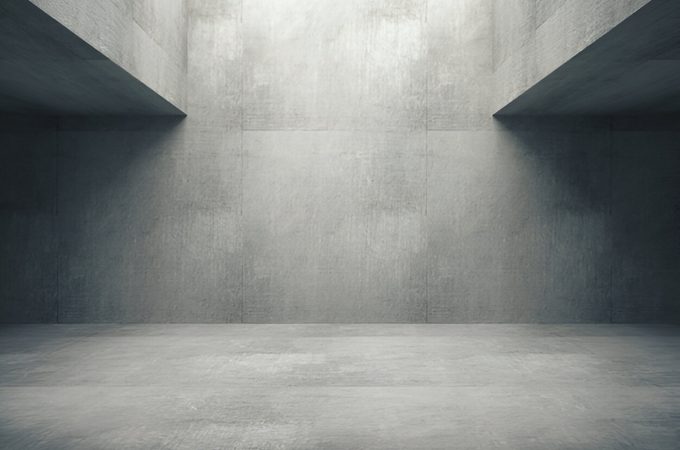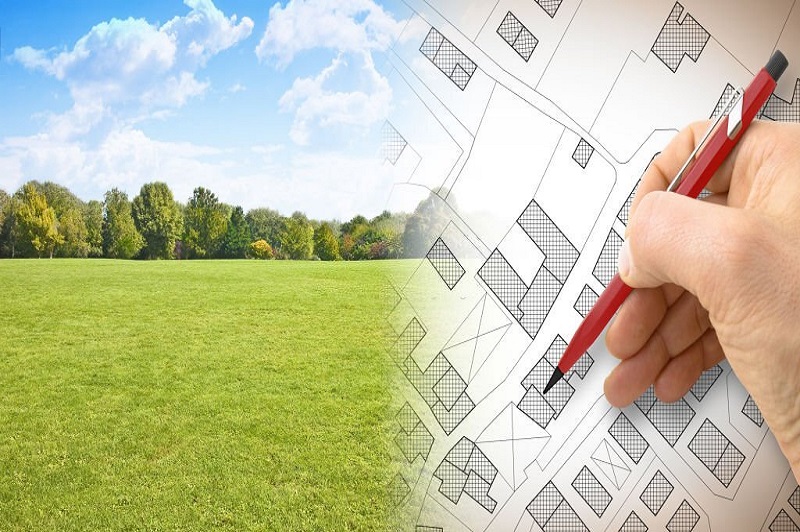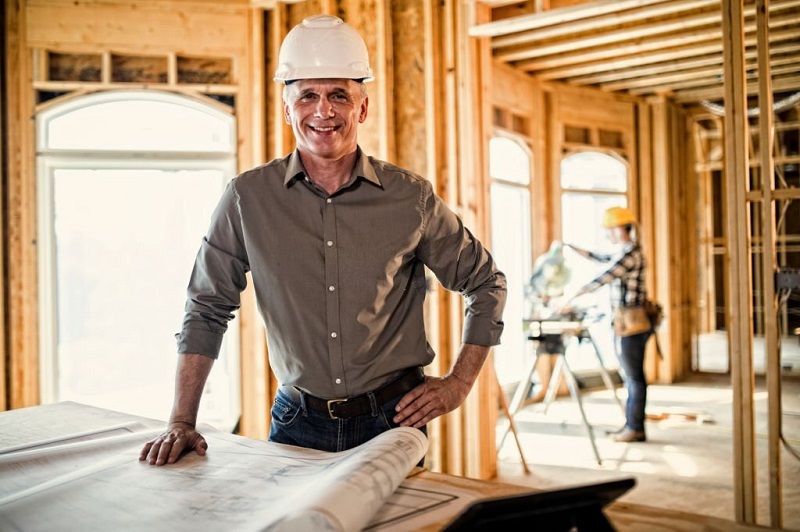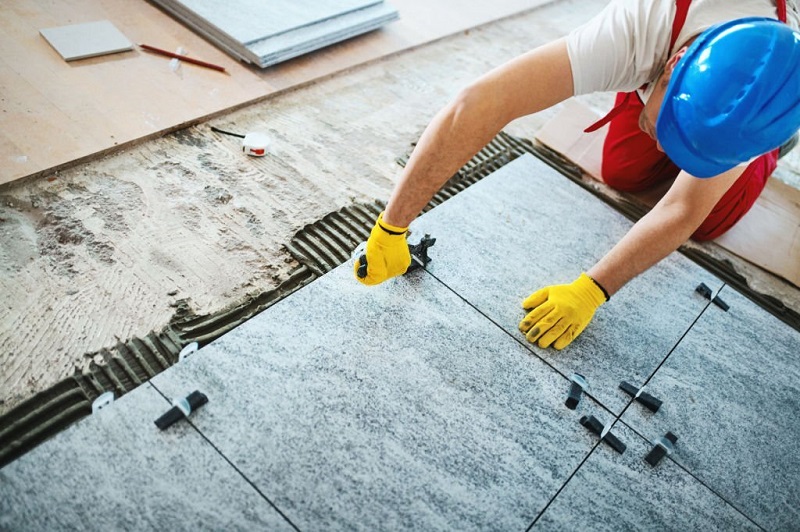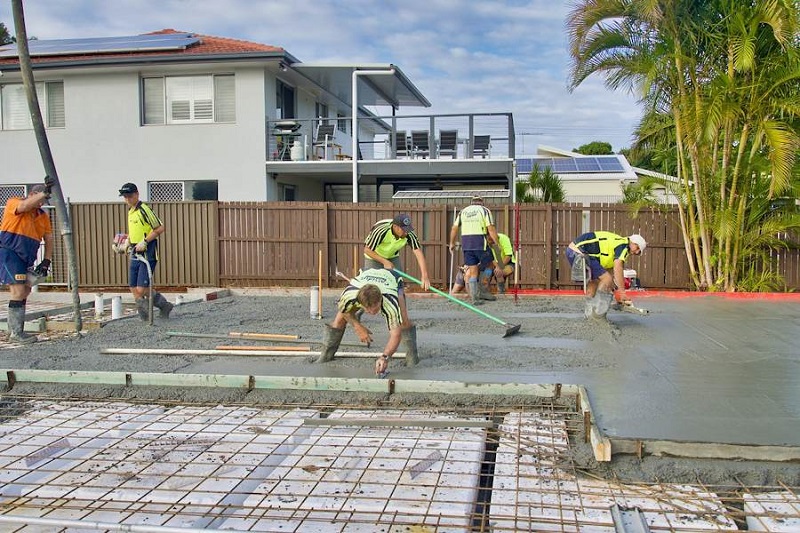
Energy Efficiency And Sustainability: Revolutionizing Construction Materials
In our ever-evolving world, the rise of sustainable, green living has permeated every facet of daily life – and the architectural field is no exception. The shift toward sustainable construction practices has gained momentum, sparking pertinent questions. Specifically, how can we incorporate energy efficiency in the fabric of our constructions? Can we design our homes in a way that they contribute towards environmental conservation? An engaging and pivotal topic, this write-up aims to delve into the crux of energy efficiency in the construction industry, sustainability in building materials, and what we can anticipate in the near future.
Gone are the days when “construction” was synonymous with wood and steel. Today’s materials, techniques, and design concepts prioritize eco-friendliness without compromising aesthetic appeal or structural strength. It’s a fascinating era, encompassing ingenious innovations and forward-thinking strategies to make built environments sustainable and energy-efficient. Together, let’s explore the world of construction materials through a green lens.
Offering a comprehensive analysis, this blog ventures into the depths of energy-efficient construction materials, their advantages and disadvantages, and their potential to reshape the future of construction. By adopting a systematic approach, the focus will shift from traditional methods to eco-friendly contributions that not only benefit the environment but also inhabitant’s quality of life.
What is energy efficiency in construction?
Understanding energy efficiency in construction provides a firm foundation for comprehending its significance and versatility. In its essence, it involves optimizing energy use in buildings right from the design stage. This could mean using materials with high thermal performance to prevent heat loss, or integrating renewable energy systems into the house design.
The benefits of energy efficiency in construction are multi-layered. Not only does it ensure significant savings on energy bills but it also helps in reducing greenhouse gas emissions, hence mitigating climate change. Moreover, energy-efficient homes frequently offer a cozier, more comfortable living environment – a win-win for inhabitants and the environment.
However, the initial investment in energy-efficient construction can be significant. It often entails specialized construction materials and techniques, as well as potentially higher architectural and construction costs. Nevertheless, the long-term savings and environmental benefits can outweigh these early expenditures.
The Rise of Sustainable Construction Materials
From reclaimed bricks to straw bales, sustainable construction materials come in a variety of forms, each boasting unique features such as high thermal insulation or low carbon footprint. As constructors explore these options, it’s vital to consider the life cycle of these materials – from raw material extraction to disposal – for a truly sustainable approach.
Nevertheless, incorporating sustainable materials is no small feat. It involves assessing, testing, and experimenting with these materials, considering both their merits and shortcomings. While some materials may offer brilliant insulation, others might be lauded for their recyclability. There is no one-size-fits-all solution – every project requires its own precise blend of sustainability and functionality.
In recent years, there has been a surge in innovative, eco-conscious materials. For instance, recycled plastic bricks and mycelium – a mushroom-based material – are emerging stars in the sustainable construction sphere. These advances are testament to the monumental shift occurring within the construction field.
Ensuing Challenges: Balancing Cost and Sustainability…
As with any major transition, redefining the construction industry towards sustainability presents its own set of challenges. The key one is often cost-related. While the environmental and long-term economic gains of sustainable construction are certain, the upfront cost can be a deterrent.
However, sustainable materials also face numerous misconceptions relating to their durability and reliability. Contrary to these myths, sustainable construction materials – when chosen correctly – often outperform traditional counterparts in terms of lifespan and performance. While maintaining affordability, we must also strive to spread awareness about these materials, breaking down stereotypes to engender a greener future.
The Future Picture: Building a Sustainable Construction Industry
Sustainability in construction is not a passing trend – it’s a fundamental shift that’s here to stay. With the mounting evidence of global climate change, it has become imperative to make our built environments as green as possible. This could mean optimizing new builds with energy-efficient designs or retrofitting existing structures with sustainable materials and systems.
The sustainable construction industry must also grapple with accelerating urbanization, growing populations, and aging infrastructure. Thus, innovation will remain vital to overcome all obstacles and continue pushing boundaries. When we combine an innate desire to protect our planet with human imaginations, the potential for growth within the sustainable construction field feels boundless.
Conclusion: In Pursuit of a Green Construction Revolution
In summary, the construction industry is poised at a fascinating crossroads where sustainability and energy efficiency constitute new normative standards. While challenges persist, the myriad rewards of sustainable and energy-efficient construction inject considerable optimism for the days ahead. And with the ongoing exploration of novel materials, technologies, and approaches, the industry is set for a revolutionary transformation – towards a greener future.
Understanding the challenges and potentials within the context of energy-efficient construction and sustainable materials is the first step in this vital journey. Beyond just reading or writing about these topics, adopting these practices in our own homes and local communities can spur real, tangible change. After all, the greenest home is one in which every one of us plays a part in its creation.

